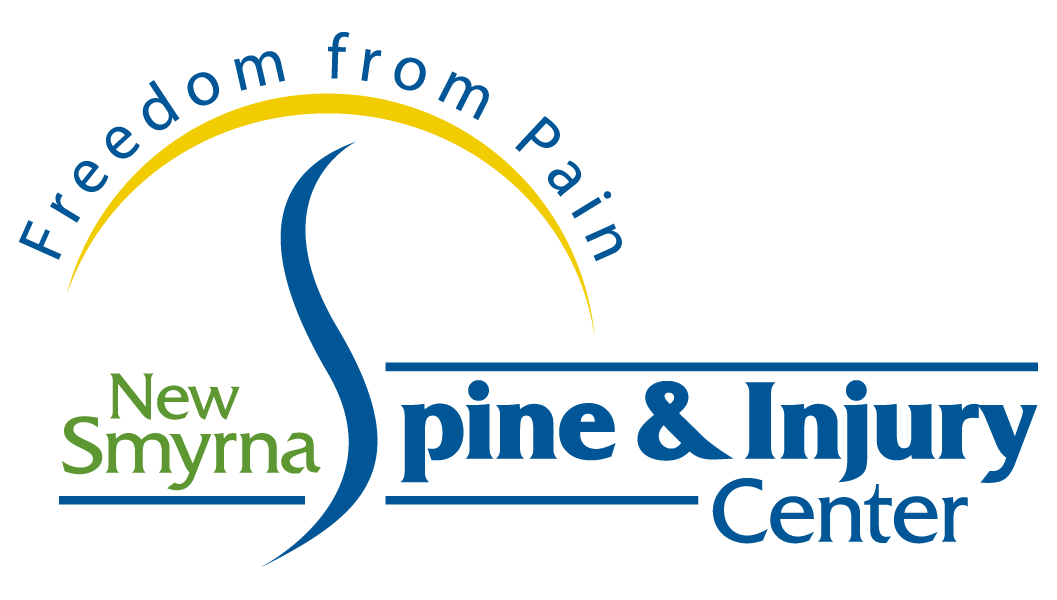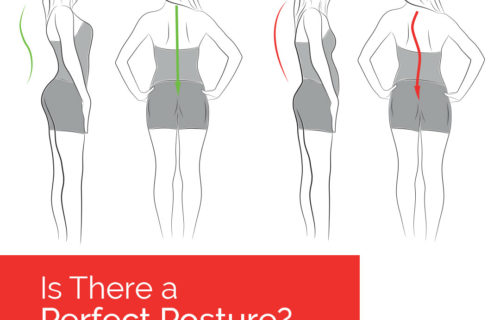
Facet Joints: Gliding Your Way to Better Health
Bottom Line:
If you’ve had neck or back pain that you could pinpoint with your finger, or experienced sharp pains when you move, it may be related to the facet joints of your spine. It’s easy to think of your facet joints like the “knuckles” of your spine. They are small joints and have a capsule and cartilage pad that glides and slides, allowing your spine to move.
Why it Matters:
As you go through life and your spinal discs go through the aging process, your facet joints end up taking on extra load. Unfortunately, this excess stress and pressure can wear down your facet joints. What results is the beginning of the degenerative process, which means you can end up with adhesions, restricted motion, bone spurs and, well…pain.
- The facet joints of your spine slide and glide as you move.
- Restrictions or adhesions in the facets can occur with age and injury.
- Chiropractic adjustments help the facet joints move freely and decrease painful restrictions in motion.
Next Steps:
The facet joints of your spine love to move, and, in fact, movement helps them stay healthy and may even slow down the degenerative process. Chiropractic adjustments can help reduce adhesions on these joints, allowing you to move more freely and with less pain. In our office, we believe that when you’re moving better, you’re feeling better, and we’re proud to be a part of the healthcare team that helps you stay active!
Science Source: Magnetic resonance imaging zygapophyseal joint space changes (gapping) in low back pain patients following spinal manipulation and side-posture positioning: a randomized controlled mechanisms trial with blinding. JMPT 2013



